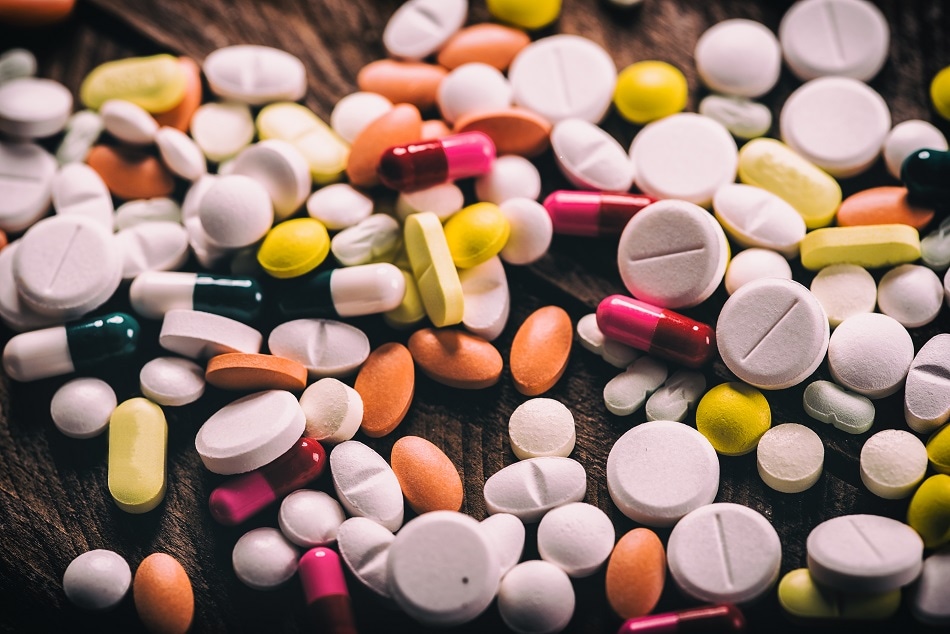May 31 2017
Some of the favorable attributes of nanomedical systems are autonomous targeting and delivery of drugs at their location of action. At present, a group of Dutch Researchers have developed a nanomotor that includes an antitumor drug enclosed within a self-assembled, self-propelled stomatocytes, carried over the cellular membrane and delivered into the cell on receiving a chemical redox signal for disassembling the vesicle membrane.
 Monika Gruszewicz/shutterstock.com
Monika Gruszewicz/shutterstock.com
The Researchers have described the deliver and unpack nanomedical system in the Angewandte Chemie journal.
Self-propelling nanovesicles are the most favorable vehicles for the delivery of drugs. When powered by hydrogen peroxide, the vesicles can follow directed motion in response to concentration gradient of hydrogen peroxide. Daniela A. Wilson from Radboud University, The Netherlands, and her colleagues integrated technologies such as drug encapsulation, self-propelling nanomotors, as well as triggered destruction of the nanocarrier to develop an artificial self-propelling vesicle. This self-propelling is encapsulated within a block copolymer shell and opens to deliver the drug load when it experiences higher glutathione concentrations, where glutathione is a chemical signal inside cells.
Glutathione is a well-known redox molecule. Being an antioxidant, the small peptide acts as a scavenger of reactive oxygen species inside the cell. In addition, it acts as a pool for cysteine, an amino acid. Increased glutathione levels are often observed in tumor cells. Wilson and her colleagues discovered glutathione by chance when they endeavored to find a door-opener for their self-propelling, drug-loaded artificial vesicles, “The small glutathione can enter into the PEG shell of the nanomotor and then break down the redox-responsive disulfide bonds... resulting in cleavage of the outside PEG shell,” the Researchers noted. Hence, upon cleaving disulfide bonds, glutathione triggers the vesicle membrane disassembly and the content of the vesicle, which can be a drug, is distributed in the target cell.
The vesicle membrane is made of a block copolymer consisting of polystyrene and poly(ethylene glycol) (PEG), where both are connected by disulfide bonds. A hydrophilic anticancer drug can be enclosed within the artificial vesicle when it is self-assembled. Subsequently, the artificial vesicle gets modified into a bowl-shaped stomatocyte — a vesicle comprising of a distinctive groove or dent, by adding the engine, platinum nanoparticles. The nanoparticle catalyst degrades the hydrogen peroxide. which is typically produced by tumor cells, thus propelling the stomatocytes forward (e.g. over the cell membrane). Here, glutathione in some way presses the handle of the door, unlocks the vesicle and terminates the motion through catalyst poisoning.
In the case of human cell cultures, the Researchers clearly showed the internalization of the stomatocyte nanomotors, their destruction and drug delivery. The Researchers suggest that the nano-submarine might be a favorable idea for futuristic drug release applications.